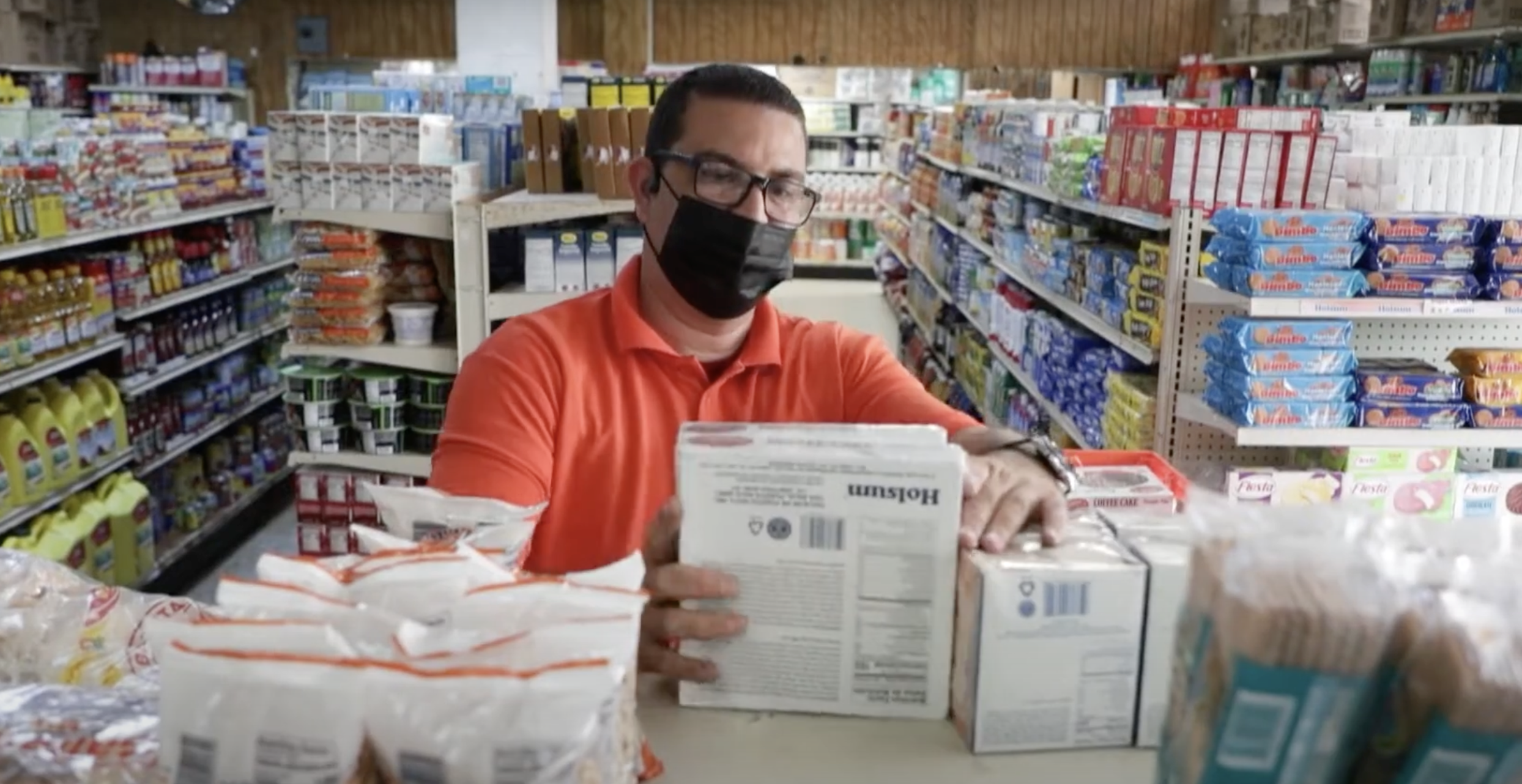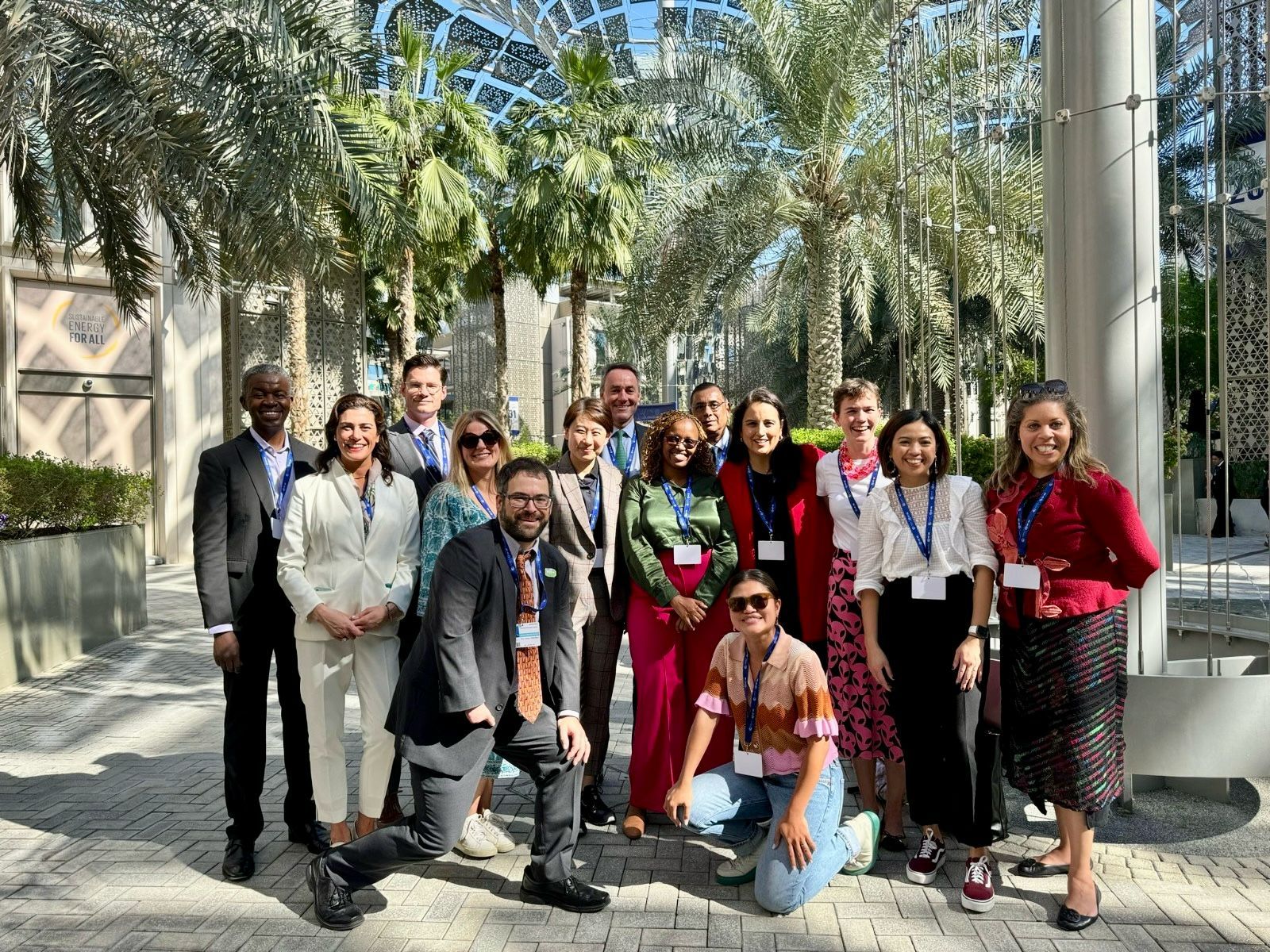
Renewable Energy to Ensure Power at Critical Facilities
Puerto Rico, while part of the United States, struggles with an unusually vulnerable and underdeveloped electricity grid.
As an island over 1,500 km from the US mainland, Puerto Rico is highly dependent on imports to meet its energy needs. This compounds the local population’s exposure to climate change risk. Two thirds of Puerto Rico’s electricity is generated from diesel fuel and only 3% currently comes from renewable sources. This stands in strong contrast to Hawaii, another isolated island grid that must import fuel, which sources 30% of its electricity from renewables.
This dependency on imported fossil fuels represents a serious threat to the health, wellbeing, and livelihoods of Puerto Ricans. Recent years and months have demonstrated Puerto Rico’s vulnerability to hurricanes and flooding, as storms have repeatedly devastated the island’s power grid.
Puerto Ricans pay residential electricity tariffs 47% higher than the US average,69 with the poorest 20% of Puerto Rico’s population spending as much as 33% of their income on energy. Meanwhile, residents are subjected to frequent blackouts, long service interruption times, and voltage fluctuations severe enough to damage appliances. These conditions are a drag on the social and economic development of the entire island.
GEAPP is stepping into this void through its support of the Puerto Rico Community Energy Resilience Initiative (CERI).
CERI works with local partners and financial institutions to scale up assistance for and financing of back-up renewable energy systems for critical facilities such as pharmacies, community centers, gas stations, and grocery stores. This initiative, led by Alliance upstream partner RMI, aims to benefit 15% of the population by lowering the costs of renewable energy equipment and the cost of capital to finance that equipment.
The CERI program offers a new model for rapid, scalable, and resilient energy development. This begins by identifying key critical facilities, based on exposure to hazards, the dependent population that could be supported by a renewable energy system, and road access. The program also offers subsidies, project management, and technical support to ensure projects are financeable. CERI has so far delivered five pilot projects totaling 78 kW of solar PV capacity. These projects are estimated to directly benefit 4,000 beneficiaries.
The first of these projects, Farmacia Jomari, is a drugstore in the municipality of Patillas and a vital lifeline for its community. CERI’s funding for a 33 kW solar PV system promises to make the pharmacy’s 4,300 kWh per month electric consumption virtually cost-free while reducing CO2 emissions by 36 tons per year.
Another CERI pilot project, Valentin Service Station, is located in the municipality of Utuado. Its 47 kW solar system will replace the electricity that previously cost over $1,000 per month and will prevent 44 tons of CO2 emissions each year.
It is estimated that the first 100 renewable energy systems will directly benefit about 190,000 people and another 425,000 people will benefit indirectly from the continuation of social services and economic activity during a crisis.

Let’s change energy for energy resilience
CERI works with local partners and financial institutions to scale up assistance for and financing of back-up renewable energy systems for critical facilities such as pharmacies, community centers, gas stations, and grocery stores.
In the coming years, GEAPP and the Rocky Mountain Institute will continue working with local partners to support the expansion of these pilot projects into a scalable program, with the goal of facilitating the deployment of over 100 renewable energy systems. These systems will produce reliable power, continuance of critical loads, even in disaster scenarios, and will aim to provide savings in energy bills to the end users.



